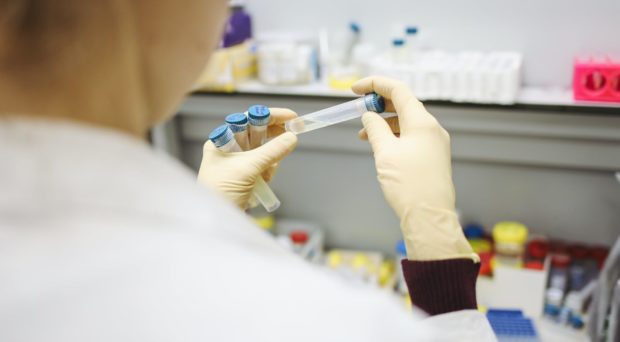
Global spread and measures
Since the end of 2019, the severe acute respiratory syndrome coronavirus 2 (SARS-CoV-2) has spread over the world resulting in more than 119.000.000 confirmed cases and more than 2.600.000 deaths.
One cornerstone of infection control and prevention aimed at early detection of incident cases requiring immense test capacities.
Multiple public health measures were implemented to slow spread of COVID-19, including social distancing, reduction of contacts and mobility, isolation of diseased individuals and quarantine of exposed individuals. One cornerstone of infection control and prevention aimed at early detection of incident cases requiring immense test capacities.
SARS-CoV-2 test capacities
Indications for SARS-CoV-2 testing were evolving over time taking availability of test capacities into account. Initially, capacity was limited and testing was prioritized in patients requiring hospitalization due to severity of disease and/or for individuals with an increased risk for severe disease. With broader availability of SARS-CoV-2 tests, the barrier to prompt testing was lowered, resulting in more than 60’000 tests /100.000 inhabitants from 24th January 2020 to 15th March 2021 in Switzerland and Liechtenstein. This immense increase posed enormous efforts for the public health system. To handle these demands, designated SARS-CoV-2 test centers were set up. These centers focus on individuals in need of SARS-CoV-2 tests, but present with only mild disease or are asymptomatic and this strategy also aimed to maintain capacities of the healthcare systems.
With this in mind, SARS-CoV-2 test centers can be considered as a venue for SARS-CoV-2 positive individuals. Notably, around 11.5 % of all PCR-based SARS-CoV-2 tests in Switzerland and Liechtenstein were positive between 24th January 2020 and 15th March 2021.
Considering the high SARS-CoV-2 positivity rate among tested individuals in test centers, concerns on contamination resulting in false-positive SARS-CoV-2 results were raised.
The question of false-positive SARS-CoV-2 tests
In our recent paper, we investigated the possible contamination by droplets or airborne particles, spread by the tested individual, in a designated SARS-CoV-2 testing center in Switzerland. 40 unsealed sampling containers were placed in different distances to the individual tested (up to 1 meter) in differently ventilated rooms for up to 180 min. All samples remained negative, despite the fact that more than 18% of individuals were tested positive during the investigation period.
Numerous studies addressed the transmission of SARS-CoV-2 and identified droplet transmission as by far the most relevant, whereas aerosol and contact transmission likely contribute to a lesser extent (follow these links to read more from the Center for Disease Control and Prevention and the World Health Organization) In experimental settings, viral RNA remained detectable on different surface materials for many hours. Considering the high SARS-CoV-2 positivity rate among tested individuals in test centers, concerns on contamination resulting in false-positive SARS-CoV-2 results were raised. Besides, possible false-positive or false-negative results due to analytical procedures, preanalytics need also be considered.
Comments